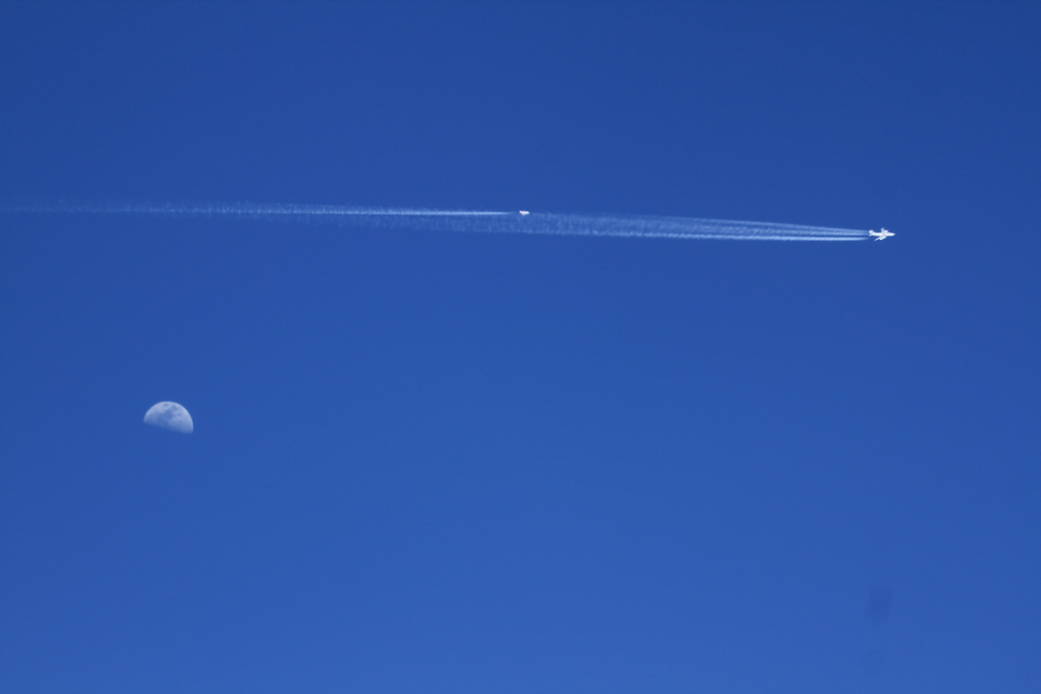
This spring NASA researchers took to the skies to capture data about the effects of jet biofuels on aircraft emissions and contrails.
In this image, NASA’s DC-8 research aircraft, which had the job of burning the biofuel, leads one of the “sampling” chase aircraft across an early morning sky near NASA’s Armstrong Aircraft Operations Facility in Palmdale, Calif.
The science instruments on the chase aircraft, as they were flown through the DC-8’s wake, were able to record more data about how the emissions mixed with air.
The tests, known as Alternative Fuel Effects on Contrails and Cruise Emissions or ACCESS II, were a follow-on to flight tests done in 2013.
ACCESS II confirms that the biofuel results in at least 50 percent reduction in soot emissions when burning the blended fuel as opposed to standard jet fuel. The goal of the research is to help lead to more environmentally friendly aircraft designs.































